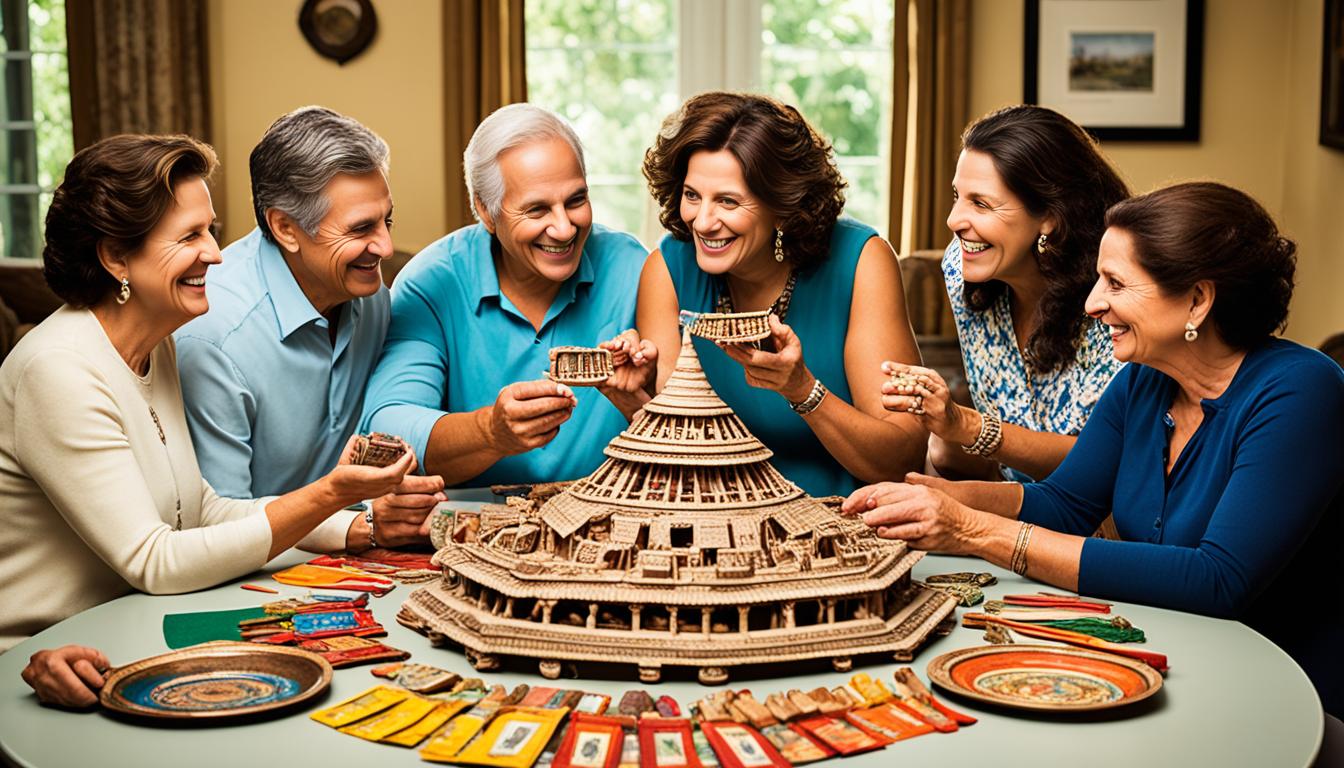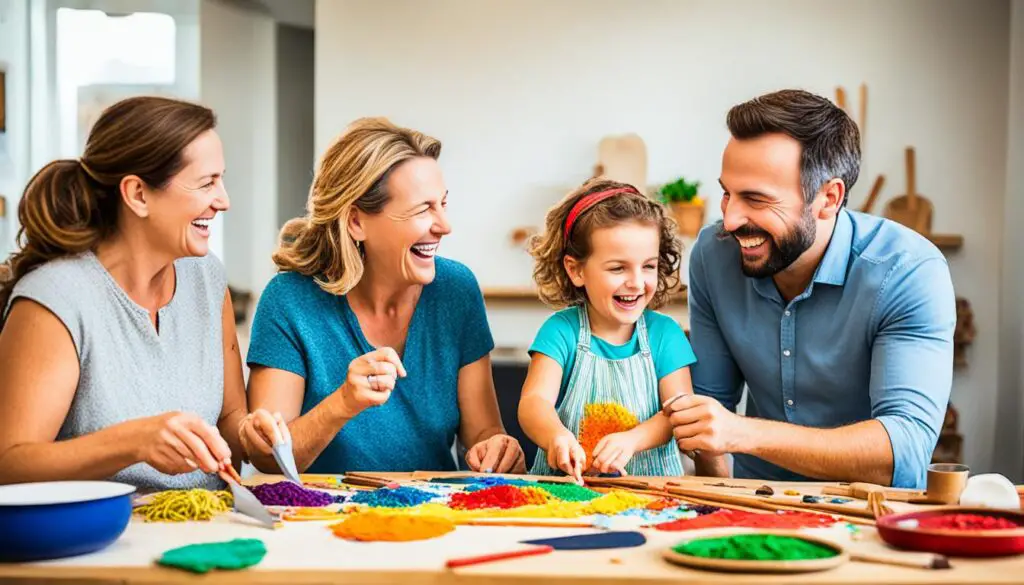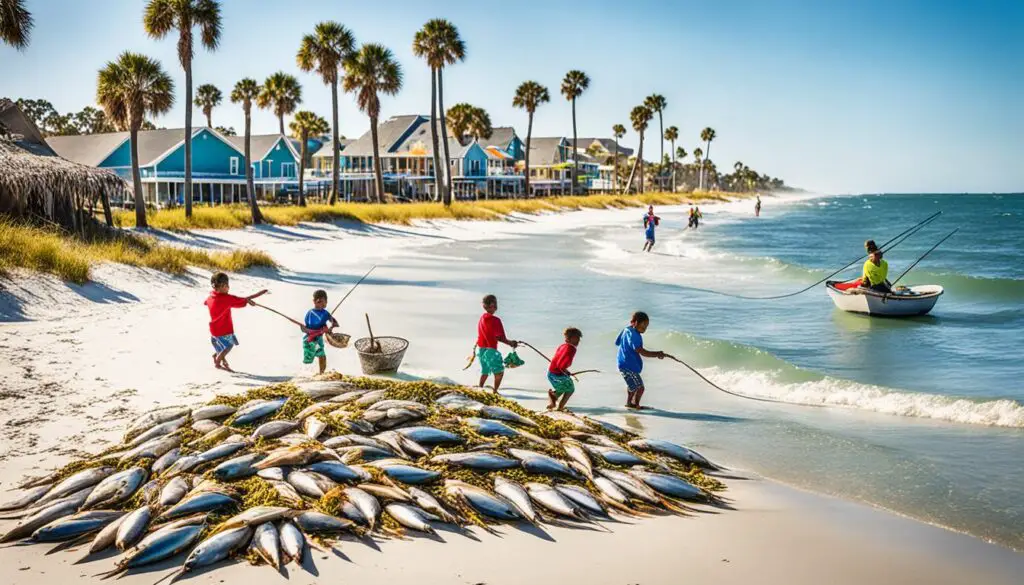
Heritage at Home: Educating on Cultural Heritage in Family Life
Educating children about their cultural heritage is a significant aspect of shaping their values and preserving traditions for future generations. As parents, we have the unique opportunity to integrate cultural heritage education into our family life, creating a meaningful legacy that enriches the lives of our children. Let’s dive into different ways families can engage in cultural heritage education, making it both fun and educational for everyone involved.
Key Takeaways:
- Cultural heritage education plays a crucial role in shaping children’s values and preserving traditions.
- Engaging in cultural heritage activities as a family strengthens bonds and provides educational experiences.
- Place-based instruction helps children understand the relevance of their heritage in their everyday experiences.
- Preserving cultural heritage ensures a generational legacy and fosters a sense of cultural identity.
- Integrating cultural heritage education into family life creates a meaningful legacy.
Engaging in Cultural Heritage Activities as a Family
Engaging in cultural heritage activities as a family not only strengthens the bond between family members but also provides valuable educational experiences for children. These activities create opportunities for hands-on learning, allowing children to explore and appreciate different customs, traditions, and historical sites.
Cultural heritage activities encompass a wide range of experiences that families can enjoy together. One popular activity is participating in Easter egg hunts that celebrate diverse customs and traditions. Through this fun-filled event, children can learn about the various ways Easter is celebrated around the world.
Visiting historical sites and museums is another fantastic way to engage in cultural heritage activities. Exploring significant landmarks and exhibitions allows children to immerse themselves in history and gain a deeper understanding of their own cultural heritage.
“Engaging in cultural heritage activities as a family not only strengthens the bond between family members but also provides valuable educational experiences for children.”
These shared experiences provide ample opportunities for families to bond while fostering an appreciation for cultural diversity and understanding. By engaging in these activities together, families create lasting memories and impart important values to their children.

Fostering Family Bonding
Engaging in cultural heritage activities strengthens the bond among family members. These shared experiences create opportunities for quality time spent together, fostering a sense of unity. Whether it’s exploring a local festival, cooking traditional meals, or attending cultural performances, these activities enable families to connect deeply and create cherished memories.
Creating Educational Experiences
Cultural heritage activities also provide valuable educational experiences for children. By participating in these activities, children gain firsthand knowledge about their own heritage and that of others. This hands-on learning approach sparks curiosity, encourages critical thinking, and nurtures a sense of cultural appreciation and respect.
Preserving Cultural Heritage
Engaging in cultural heritage activities as a family is not only about learning and bonding but also about preserving cultural heritage for future generations. By actively participating in these activities, families contribute to the continuation of cultural traditions and values, ensuring their preservation for years to come.
The Importance of Place-Based Instruction in Cultural Heritage Education
Place-based instruction plays a crucial role in cultural heritage education by helping children understand the relevance of their heritage in their everyday experiences. By connecting the learning process to specific locations and local contexts, students gain a deeper appreciation for their cultural identity and its impact on their lives. One example of an educational institution prioritizing place-based instruction is the Sea Islands Heritage Academy.
The Sea Islands Heritage Academy is dedicated to teaching students about the rich Gullah Geechee heritage that encompasses the Sea Islands region, including coastal areas of South Carolina, Georgia, and Florida. Through immersive experiences and engaging curriculum, the academy ensures that students not only learn about their cultural heritage but also understand how it shapes their everyday experiences.

“Place-based instruction allows our students to truly connect with their Gullah Geechee heritage. By exploring our local communities, engaging with community members, and incorporating Gullah Geechee traditions into our lessons, we provide students with a meaningful and authentic learning experience.”
By incorporating place-based instruction, the Sea Islands Heritage Academy ensures that students not only gain academic knowledge but also develop a personal connection with their heritage. This immersive approach encourages students to see their everyday experiences through the lens of their cultural identity, fostering a sense of appreciation and pride for their Gullah Geechee heritage.
Preserving Cultural Heritage for Future Generations
Preserving cultural heritage is essential for maintaining a generational legacy and safeguarding our unique cultural identity. As families, we play a vital role in passing down these rich traditions and values to future generations. By educating our children about their heritage, we contribute to the preservation of cultural traditions, ensuring that they continue to shape and inspire the lives of our children.
Integrating cultural heritage education into family life allows us to create a meaningful legacy that instills a sense of pride and belonging in our children. Through storytelling, engaging in cultural activities, and celebrating important cultural events, we provide opportunities for them to develop a deep connection with their roots. This connection serves as a foundation for their cultural identity and strengthens their appreciation for the diversity and beauty of our shared cultural heritage.
By actively preserving cultural heritage within our families, we empower future generations to carry forward our traditions and values. Through this continuity, we not only honor our ancestors but also ensure that our cultural legacy thrives in an ever-changing world. As we pass on this generational legacy, we provide our children with a strong sense of identity and belonging, helping them navigate their place in society with confidence and pride.
FAQ
Why is cultural heritage education important in family life?
Cultural heritage education is important in family life as it helps shape children’s values and preserves traditions for future generations. It also provides a unique opportunity to create a meaningful legacy that enriches the lives of children.
What are some cultural heritage activities that families can engage in?
Families can engage in a variety of cultural heritage activities, such as celebrating different customs and traditions through events like Easter egg hunts, visiting historical sites and museums, and participating in cultural festivals and performances.
What is place-based instruction and why is it important in cultural heritage education?
Place-based instruction is an important component of cultural heritage education as it helps children understand the relevance of their heritage in their everyday experiences. For example, the Sea Islands Heritage Academy incorporates Gullah Geechee heritage into their curriculum to deepen students’ understanding of their cultural identity.
Why is preserving cultural heritage important for future generations?
Preserving cultural heritage is crucial for maintaining a generational legacy and preserving cultural identity. By educating children about their heritage, families contribute to the preservation of cultural traditions and values for future generations, fostering a sense of pride in their cultural identity.